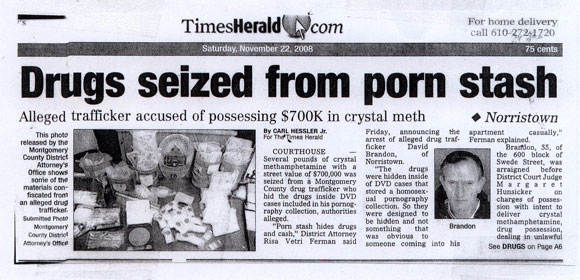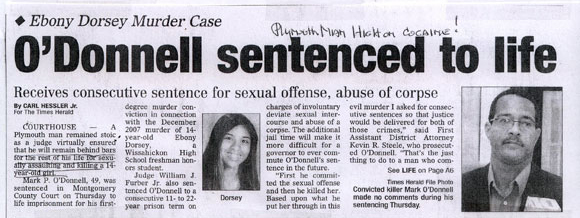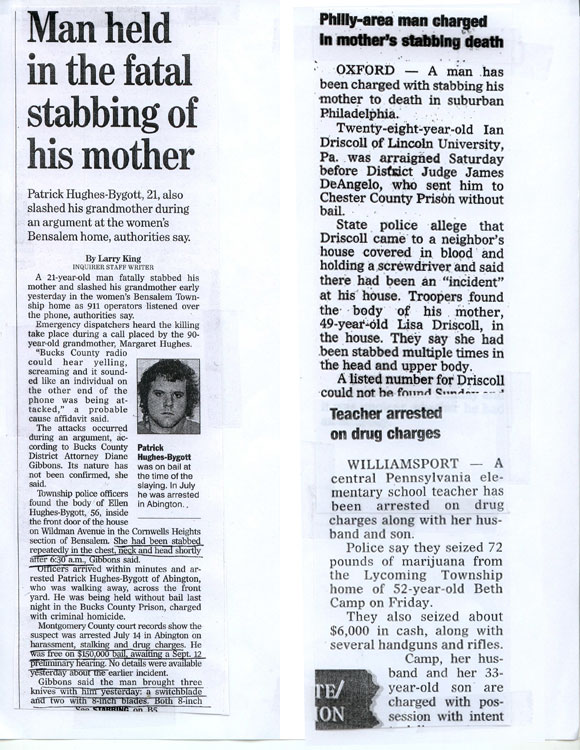
|
|
|||||
Drugs and Crime in AmericaDrug addiction can lead to criminal behavior. The use of illegal drugs is often associated with murder, rape, robbery, aggravated assault, burglary, larceny/theft, serious motor vehicle offenses with dangerous consequences, arson and hate crimes. Without question, drug use and criminality are closely linked. And, so are drug addiction and crime. We need to break the chain that links drug addiction and crime. However, and not surprisingly, jail alone has had little effect on reduction of drug addiction or in promoting recovery. Holding someone in jail, without access to alcohol and drug addiction treatment, with no specific plans for treatment and recovery support upon discharge, is not only ineffective, it’s expensive and it’s time for a change. For many in the criminal justice system, preventing future crime and re-arrest after discharge is impossible without treatment of addiction. FACT--DRUG ARRESTS: According to the Uniform Crime Reporting Program (UCRP) of the Federal Bureau of Investigation (FBI), there were almost 1.7 million state and local arrests for drug abuse violations in 2012. The Facts on Drugs and Crime in AmericaOur nation’s prison population has exploded beyond capacity.
Drug Courts are judicially-supervised court dockets that strike the proper balance between the need to protect community safety and the need to improve public health and well-being; between the need for treatment and the need to hold people accountable for their actions; between hope and redemption on the one hand and good citizenship on the other. Drug Courts save taxpayers considerable money. Studies reveal average cost savings ranging from $4,000 - $12,000 per client. These cost savings are due, in part, to reduced prison costs, reduced revolving-door arrests and trials, and reduced victimization. NCADD recognizes how grave the impact of drug use is on the preponderance of crime across the nation. But, we also know, from decades of experience, with treatment and recovery support, millions of people who have been in the criminal justice system can break the chain through long-term recovery from addiction. 



|
About Our Mission - Contact Us - Home - Site Map
© 2025 ThomasCatanese.com
777 W Germantown Pike, Apt. 724
Plymouth Meeting, PA 19462
610-331-3863 Tccat523@aol.com
Website Designed and Developed by AG Marketing Solutions